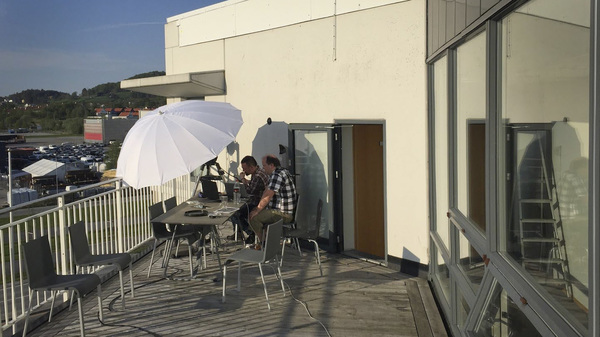
At timeanddate.com, we’ve been chasing solar and lunar eclipses (and a transit or two) since 2016. Steffen Thorsen, our CEO and Chief Eclipse Chaser, always gets a twinkle in his eye when talking about future eclipses and always has some new idea of how he can lift our live images just a bit more.
Chasing eclipses is part science, part adventure.
Steffen Thorsen, CEO and Chief Eclipse Chaser
There is something special about seeing an eclipse firsthand—the anticipation, the moment of totality, the shared excitement. Hopefully, through our live streams, we share that experience with millions who might not otherwise get to see it,
he says.
Steffen has also perfected the art of a mobile observatory, from poring over cloud reports to find the most flexible location to making sure all equipment is weighed out, sorted, and packed in the right suitcase—considering all eventualities.
Chasing eclipses is part science, part adventure. We try to plan every detail, but there’s always an element of the unknown—weather, location, and the thrill of the chase. That’s what makes it so exciting.

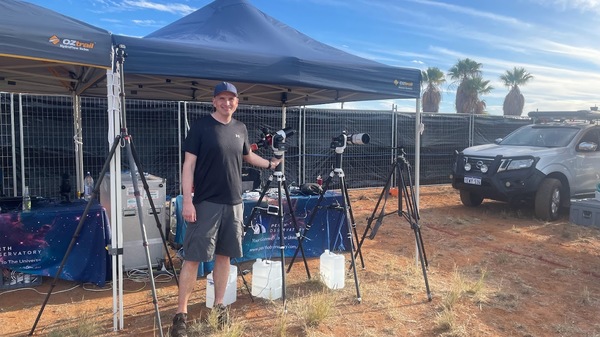
Chasing Eclipses Since 2016
Each eclipse can only be seen from certain locations, so filming them can mean just setting up our telescopes on the roof of our headquarters in Norway or traveling to the other side of the globe.
2024: The USA and Norway
We kicked off 2024 with a total solar eclipse across North America on April 8. We had two mobile observatory teams chasing clear skies across the USA; one ended up in Burlington, Vermont, and the other in Arkadelphia, Arkansas.
For the September 17-18 partial lunar eclipse, we managed to get ultra-local clear skies near our HQ in Stavanger, Norway, for our live stream of the Super Harvest Moon Eclipse, zooming in on Jupiter, Saturn, and Mars during our live show.
For the last eclipse in 2024, an annular solar eclipse on October 2, we got help from old friends in South America to live stream the eclipse.
Solar and lunar eclipses worldwide2023: Western Australia, New Mexico, Western Norway
In April 2023, we dispatched our mobile observatory to Exmouth, Western Australia, to cover the total solar eclipse. See totality on our YouTube channel (and remember to subscribe).
Our team returned to Roswell, New Mexico, for the annular solar eclipse in October, but looming clouds meant our teams split up at the last minute. Three of us stayed in Roswell, and two drove across the border to Odessa, Texas, and caught these beautiful images of annularity.
Our last mobile observatory dispatch was to Bergen to stream the partial lunar eclipse at the end of October. Normally, Bergen is the rain capital of Norway, but on this day, it was the city with the clearest skies. We also got a little bonus: Jupiter made a guest appearance at the end of our live stream.

2022: Morocco, Northern Norway, New Mexico
In May 2022, our mobile observatory was finally on the road again after a long travel hiatus. This time, we went back to Ouarzazate, Morocco, to live stream the total lunar eclipse.
For the partial solar eclipse in October, we dispatched our mobile observatory to the northern edge of Norway. Two weeks later, our team flew to Roswell, New Mexico, to cover the November lunar eclipse—although we ended up in Tucson, Arizona, due to bad weather in Roswell.
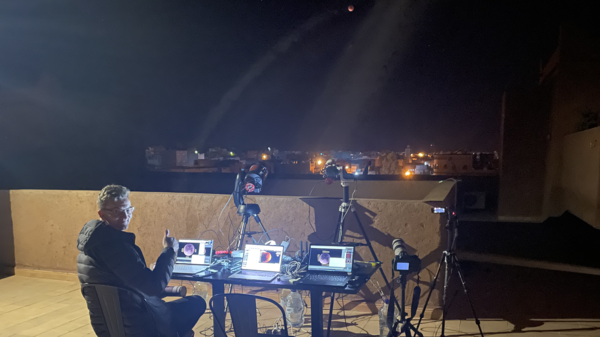
Lunar Eclipse in November 2021
We streamed the almost total lunar eclipse on November 18–19, 2021. Covid restrictions kept us from traveling to North America with our mobile observatory, but with the help of our stellar (or lunar, you might say) streaming partners, we still streamed it LIVE.
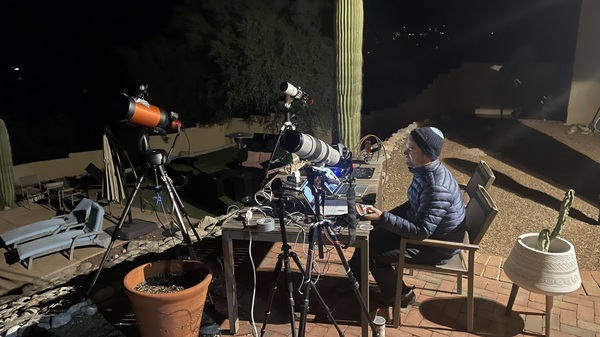
Lunar and Solar Eclipses in May and June 2021
Covid restrictions kept our mobile observatories within Norway’s borders for the annular solar eclipse on June 10, 2021. After monitoring the weather and deciding at the last minute where to travel, we ended up with one observatory going to Kautokeino and one to Oslo. See the eclipsed Sun in our annular solar eclipse show.
Unfortunately, the pandemic disrupted our plans to take the mobile observatory on the road for the total lunar eclipse on May 26. Luckily, we were able to stream the eclipse live with the help of our trusty streaming partners. See the Blood Moon in the total lunar eclipse show.

Eclipses in November and December 2020
Covid-19 travel restrictions stopped our plan to take the mobile observatory to Argentina for the total solar eclipse on December 14, 2020. We still streamed the total solar eclipse with help from our streaming partners.
As a special bonus show, we also live-streamed the penumbral lunar eclipse on November 29–30, 2020.
Annular Solar Eclipse 2020
Our plans to travel to Oman to capture the annular solar eclipse on June 21 were thwarted by Covid-19 travel restrictions. Despite this, several partners on location helped us broadcast a spectacular live stream of the eclipse straight from our studio in Stavanger, Norway.
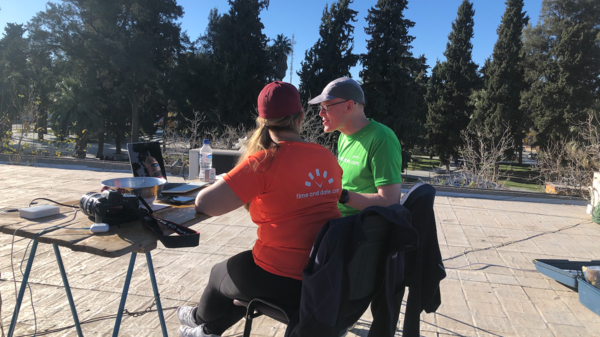
Three Eclipses and a Transit in 2019
In 2019, timeanddate’s mobile observatory was on the road for a transit of Mercury, a partial lunar eclipse, a total solar eclipse, and a total lunar eclipse.
- On November 11, 2019, we traveled to Ålesund, Norway, to capture Mercury moving across the Sun.
- During the night between July 16 and 17, 2019, we streamed the partial lunar eclipse from Šibenik, Croatia.
- A few weeks before that, we went to San José de Jáchal, Argentina, to capture the July 2, 2019 total solar eclipse.
- In January 2019, we traveled to Ouarzazate, Morocco, for the January 20–21, 2019 total lunar eclipse.
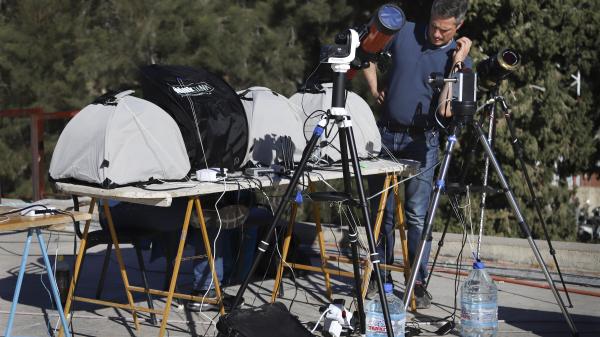
Lunar Eclipse in Greece 2018
We first took the mobile observatory on the road in 2018, capturing the July 27, 2018 total lunar eclipse from Santorini, Greece.
Bonus Track: Mercury Transit in 2016
For our very first live stream—the transit of Mercury in 2016—we simply put an amateur telescope on the balcony outside our offices.
